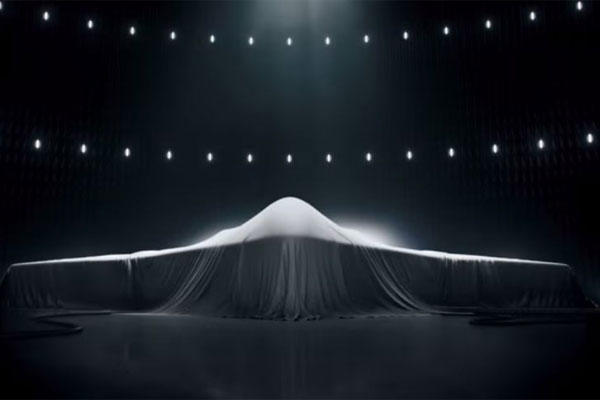The U.S. needs a new long-range bomber fleet of between 150 and 200 planes, retired Air Force Lt. Gen. Michael Moeller told lawmakers and reporters Wednesday on Capitol Hill.
The recommendation nearly doubles the 80 to 100 aircraft the Air Force plans to buy, but he says more are needed if the U.S. is to maintain its advantage in the long-range precision-strike mission.
Moeller also said the U.S. should consider building toward a 200-plane bomber fleet as soon as deliveries of the next-generation bomber begin.
"You can build a bomber force more quickly by retaining B-52s and B-1s over the course of the LRSB build-up," he said.
The Air Force's bomber fleet currently numbers 158, including 62 B-1 Lancers, 20 B-2 Spirits and 76 B-52 Stratofortresses. Moeller said it is unnecessary to retire the planes one-to-one as a new bomber enters service.
Moeller made his remarks during a presentation the publicize the release of "U.S. Bomber Force: Sized to Sustain an Asymmetric Advantage for America," a white paper he wrote as a non-resident fellow of the Mitchell Institute for Aerospace Studies, which is affiliated with the Air Force Association, an advocacy group based in Arlington, Virginia.
"In the long term, to maintain the bomber force's viability, the Defense Department should consider funding additional advanced bombers beyond those 100 aircraft before the last B-1s and B-52s retire in 2045," the paper concludes.
Moeller, an independent consultant on aerospace and national security, served as deputy chief of staff for strategic plans and programs at Headquarters, Air Force.
The service's current plans will give the U.S. a bomber fleet of 120 planes by 2045, with only about 100 coded for both conventional and nuclear operations, Moeller said. This would include 100 new bombers and 20 B-2s, he said.
But a fleet stretched thin by a large-scale conventional conflict would put the U.S. at a serious disadvantage in terms of nuclear deterrence by forcing it to drop below the minimum 60 strategic bombers it determines it needs under the START treaty to counter a nuclear threat, he said.
Moeller said his analysis confirms the need to maintain a 200-aircraft fleet of advanced bombers. These would provide an operational force of some 150 to 160 planes and provide "the nuclear and conventional air-breathing power projection option to deter or defeat any foe."
The Air Force only last month awarded a contract to Northrop Grumman, maker of the B-2 bomber, to design and develop the LRSB. The decision is under protest by Lockheed Martin Corp. and Boeing Co., which teamed up to bid on the work.
The contract awarded Oct. 27 includes $21.4 billion for engineering and manufacturing development of the bomber, according to the Air Force. Adjusted for inflation, the unit cost per plane is $564 million per plane in 2016 dollars, assuming an order of 100 aircraft, Bill LaPlante, head of Air Force acquisition, has said.
--Bryant Jordan can be reached at bryant.jordan@military.com. Follow him on Twitter at @bryantjordan.
























